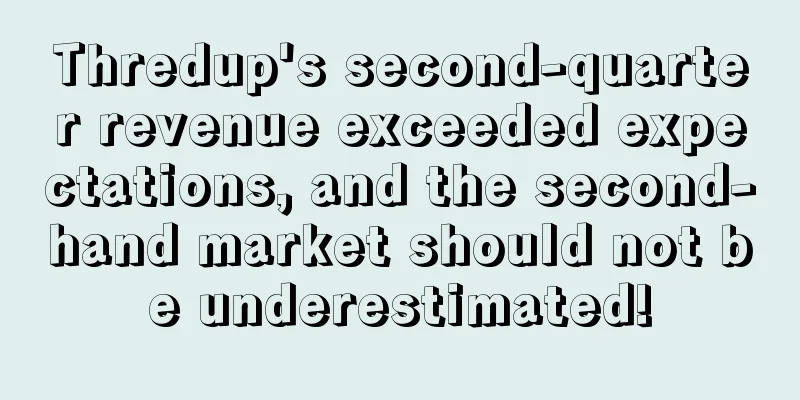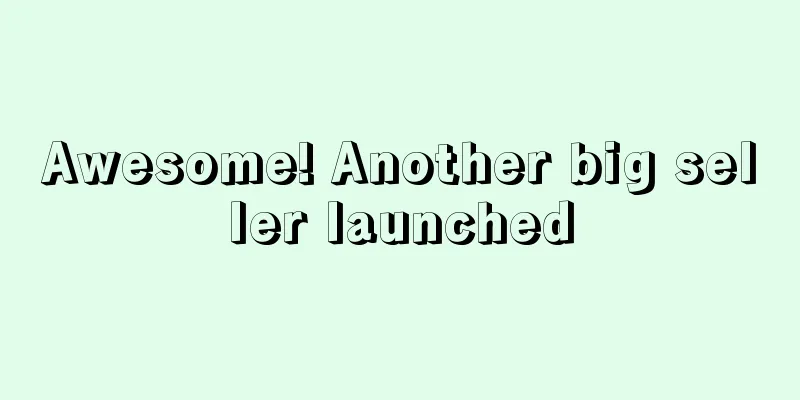Spanish e-commerce survey: Social media commerce, buy now, pay later and other trends are changing consumption patterns!

|
In recent years, more and more consumers have chosen to shop online because it provides convenience and flexibility . The Spanish market is no exception. According to the E-commerce Index, e-commerce in Spain achieved a sales growth of 17% in 2022, which is nearly twice the EU data.
The survey shows that 55 % of Spanish consumers shop at least once a week , which is very close to the European average of 65% (2 out of every 3 consumers shop online every week). In addition, the average monthly spending of Spaniards on products and services is 252 euros.
In terms of product categories, Spanish consumers are more likely to buy clothing and accessories online ( 54%), food and beverages ( 44%), pay bills (39%), supermarket products (32%), and health and beauty items (33%). These data reflect consumers' preferences in terms of consumption.
The study also found that around 50% of respondents in Spain said they had used their mobile phones to shop , a figure that is in line with the European average. This figure shows that mobile phones have become the main channel for online shopping . E-commerce trends in Spain
To increase e-commerce online sales, it is important to understand the trends among consumers. Therefore, let’s take a closer look at these trends and analyze how they are changing the e-commerce landscape in Spain.
1. Social media commerce is gaining traction
Social media commerce is becoming an increasingly attractive option for consumers. According to a survey by Paypal, 37% of respondents in Spain said they had made purchases through social platforms in the past 6 months , spending an average of 102 euros per month . Among the many social shopping platforms , the most popular are Instagram (15%), YouTube (14%) and Facebook (12%). Among the products that Spanish consumers buy most on social platforms , clothing and accessories top the list ( 31%), followed by health and beauty products (23%) and video games (22%).
2. The number of people choosing “ buy now, pay later ” is increasing
Buy now , pay later options have become increasingly popular in the e-commerce space in recent years . According to the E-Commerce Index report, apparel and accessories lead the way in categories with deferred payment options.
The report shows that platforms that offer buy now, pay later (BNPL) options are more likely to make a purchase than those that do not . In addition , this payment method is not only beneficial to consumers, but also to businesses, as businesses can increase their conversion rates and customer loyalty by offering payment options that suit customer needs. Providing BNPL services has become an increasingly important strategy for companies to remain competitive in the e-commerce market.
3. Providing possibilities for cross-border trade
E-commerce offers consumers and brands a range of possibilities to enter foreign markets, with more than a quarter of online purchases made from international retailers. Among Spanish consumers, 51% said they have made cross-border purchases, with the main motivations being the desire to get a better price and to purchase products not available on the domestic market.
Security is an important factor for buyers in this type of purchase , whether domestic or international. For this reason, reliable payment methods provide greater convenience and peace of mind for international transactions.
4. Cryptocurrencies, NFTs, and Metaspace
New trends in the digital world are changing the landscape of e-commerce. Although cryptocurrencies remain the most popular topic, they are currently somewhat undermined . 20% of consumers have already entered the virtual space or plan to join it in the near future . In addition, surprisingly, 14% of Spanish consumers believe that the virtual space will become an important shopping channel in the future.
On the other hand, although 23% of respondents are interested in learning more about NFTs, for now, NFTs have not received enough attention . Spain E-commerce |
<<: Temu, America's New Age Dollar Store
Recommend
Discussions on e-commerce live streaming in Southeast Asia are heating up, and the power of middle-aged and elderly people cannot be ignored!
The report pointed out that online shopping in So...
Cainiao International Express's order volume in Spain increased by 60% in June; "Same-city delivery" and "Weekend delivery" were launched
On July 7 , relying on Cainiao Spain's self-b...
What is InvoiceButler? InvoiceButler Review, Features
InvoiceButler is committed to providing Amazon FBA...
What is CorvusPay? CorvusPay Review, Features
CorvusPay is a licensed payment institution of th...
The track has received repeated financing! Former Anker executives also joined the game to make money
As " self-driving ", " outdoor act...
What is Jingbao Group? Jingbao Group Review, Features
Jingbao Group is the abbreviation of Jingbao Tech...
What is sugarcosmetics? sugarcosmetics Review, Features
sugarcosmetics is an Indian beauty brand. About su...
What is AM Capital USA LLC? AM Capital USA LLC Review, Features
AM Capital USA LLC is an American company that spe...
What is CH Robinson? CH Robinson Review, Features
CH Robinson is one of the world's leading logi...
What is Pear E-commerce? Pear E-commerce Review, Features
Li E-commerce is an Internet-based enterprise that...
What is Taylrd? Taylrd Review, Features
Taylrd offers comfortable, well-fitting menswear o...
Due to repeated suspension of flights, shipping prices have risen again!
Recently, there has been a large-scale port skipp...
"Conspiracy to raise freight rates"! 23 shipping companies face a fine of 512 million yuan
In the past year, the global shipping industry ha...
What is FCC certification? FCC certification Review, Features
The full name of FCC is Federal Communications Co...
Search volume surges by 228%, Italian health and personal care products are experiencing a sales boom!
According to foreign media reports, Italy has ush...









